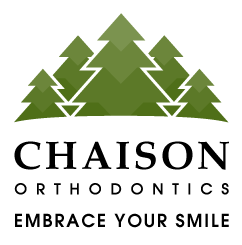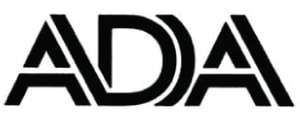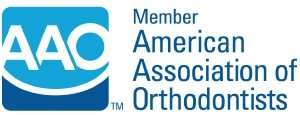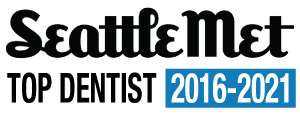04 Jun Potential Outcomes of an Early Orthodontic Screening
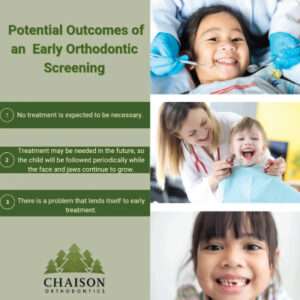 Timing is everything – even when it comes to your child’s orthodontic treatment. “Early” treatment, also called “interceptive” treatment, means treatment that is performed while some baby teeth are still present.
Timing is everything – even when it comes to your child’s orthodontic treatment. “Early” treatment, also called “interceptive” treatment, means treatment that is performed while some baby teeth are still present.
The American Association of Orthodontists (AAO) recommends that your child’s first check-up with an orthodontist be performed when an orthodontic problem is first recognized, but no later than age 7. Why age 7? By then, your child has enough permanent teeth for an orthodontist to evaluate the developing teeth and the jaws, which in turn can provide a wealth of information.
While there are many orthodontic problems that orthodontists agree are best treated after all permanent teeth have come in, early treatment can be in a patient’s best interests if their problem is one that could become more serious over time if left untreated. The goal of early treatment is to intercept the developing problem, eliminate the cause, guide the growth of facial and jaw bones, and provide adequate space for incoming permanent teeth. A patient may require a second course of treatment after all permanent teeth have come in to move those teeth into their best positions.
The kinds of problems orthodontists may recommend treating while a child still has some baby teeth include:
• Underbites – when the lower front teeth are ahead of the upper front teeth
• Crossbites – when the jaw shifts to one side
• Very crowded teeth
• Excessively spaced teeth
• Extra or missing teeth
• Teeth that meet abnormally, or don’t meet at all
• Thumb-, finger-, or pacifier- sucking that is affecting the teeth or jaw growth
Early orthodontic treatment can take many forms. The orthodontist could prescribe a fixed or removable “appliance” – a device used to move teeth, change the position of the jaw, or hold teeth in place in order to bring about desirable changes. Sometimes, no appliances are necessary. Rather, removal of some baby teeth may help the permanent teeth erupt better. The extractions will be timed to take best advantage of a patient’s growth and development.
